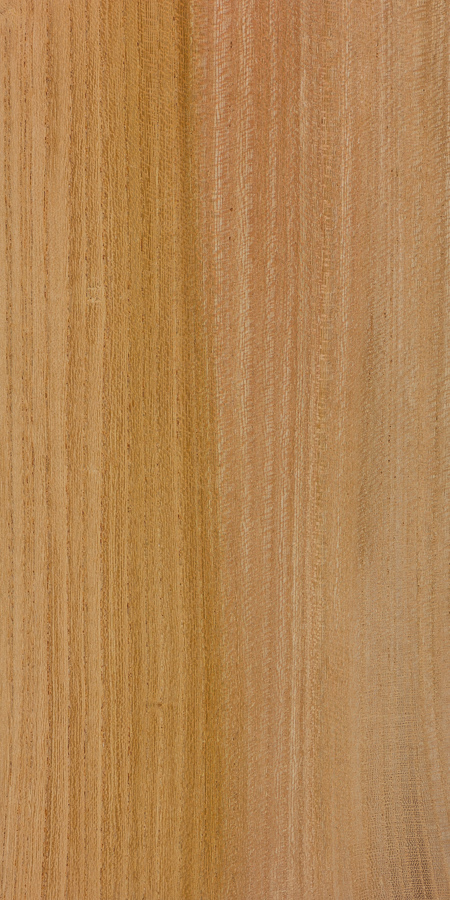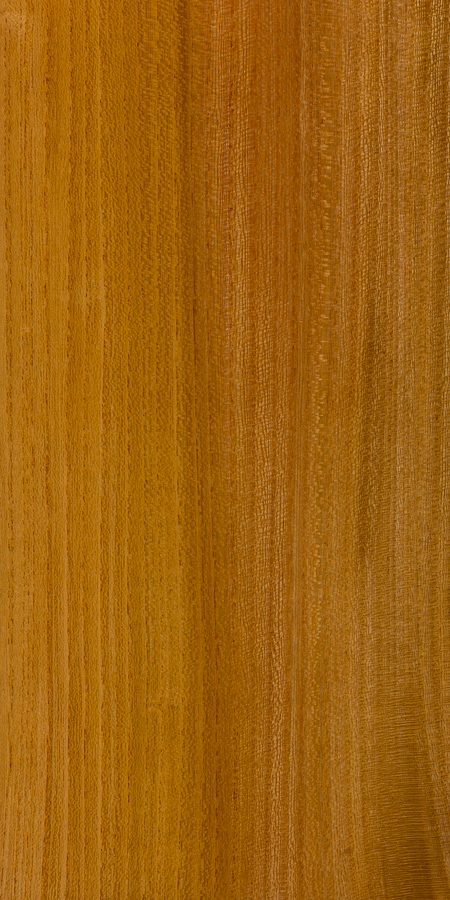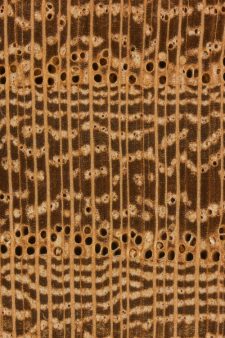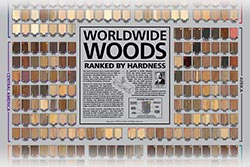References
| ↑1 | Keating, W. G., Bolza, E. (1982). Characteristics, Properties, and Uses of Timbers: South-east Asia, Northern Australia, and the Pacific (p. 362). United Kingdom: Texas A&M University Press. |
|---|---|
| ↑2 | Bétrisey, S., Song, Y. & Kozlowski, G. 2018. Zelkova serrata. The IUCN Red List of Threatened Species 2018: e.T61967528A61967548. https://dx.doi.org/10.2305/IUCN.UK.2018-2.RLTS.T61967528A61967548.en. Accessed on 18 April 2024. |
| ↑3 | Timbers of the World: Vol. 2 (p. 34). (1980). United Kingdom: TRADA |













